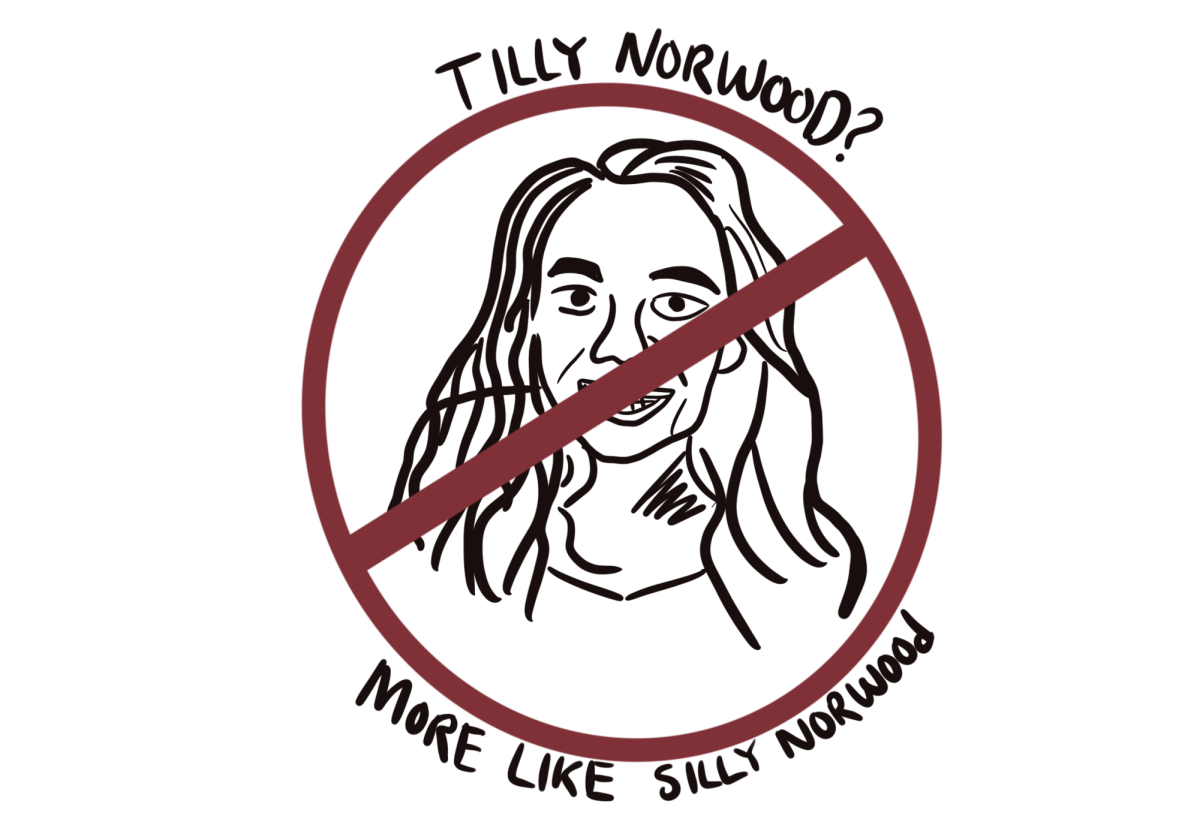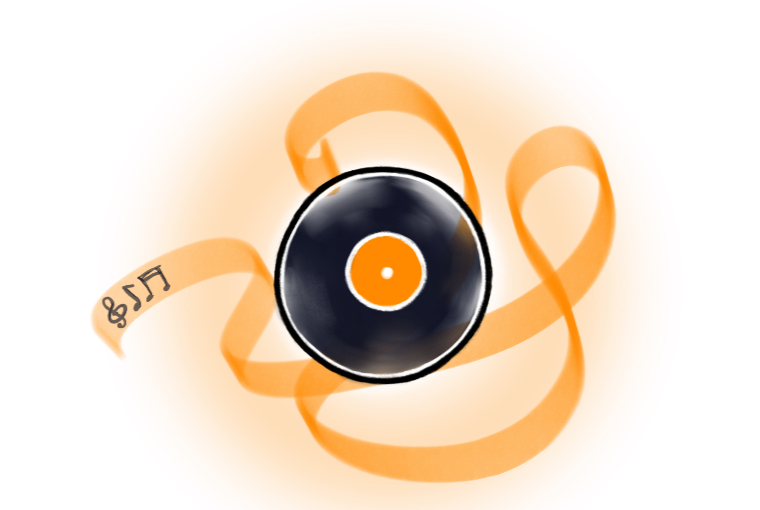Between checking email, Facebook, Snapchat, Instagram and Twitter, students at St. Olaf and around the country have added another social media app to their web of connectivity. Most frequently described simply as an “anonymous Twitter,” Yik Yak displays unsigned posts from other users in a close geographical area.
According to its own Web site, yikyakapp.com, the app allows users to “get a live feed of what people are saying around you.” The Apple Store’s description reads, “Yik Yak acts like a local bulletin board for your area by showing the most recent posts from other users around you. It allows anyone to connect and share information with others without having to know them.” You must be at least 17 years old to download this app or be able to tap your screen saying that you are of age.
Unlike other familiar social media apps, Yik Yak brings an appealing new twist to the constant communication and affirmation millennials so eagerly seek because all the posts are anonymous. The creators, Tyler Droll and Brooks Buffington, describe Yik Yak as a forum for people living in close vicinity to share thoughts, observations or funny quotes. Since there are no followers, friends or even usernames, votes on posts are based solely on content and not judgment of a specific person.
However, this anonymity can also bring out the worst in people, causing cyber-bullying problems in middle and high schools. As this app quickly gained popularity since it was launched in November of 2013, employees have worked diligently to combat negative repercussions of its use. Teaming with the Vermont-based company Maponics, the Yik Yak app team was able to locate school zones and set up geofences to block Yik Yak from middle and high schools, but the system is not perfect yet. There are many news reports of threats, cyber-bullying and other worrisome content posted from middle and high schools all around the country.
The creators acknowledged that just as all social media struggles with its unintended uses, Yik Yak will continue to face and try to combat harmful use. Intending their app to be used for college-age students to connect, Droll and Buffington hadn’t anticipated high school students using and abusing the app, but Droll said that “any technology can be misused.” On the St. Olaf campus, students complain about “the negative things people say,” “unoriginal content” and “people complaining about stuff they don’t even know about” on the app.
In addition to the widespread iPhone and Android app, Yik Yak also has a Web site, Facebook page, Instagram and Twitter profiles that share quotes from popular “Yaks” or pictures of the mascot interacting with students at various college campuses throughout the country.
Some favorite topics of the St. Olaf Yik Yak feed include food especially Chipotle, the trials of registration, funny moments with strangers/profs/parents/prospies/friends, Netflix, relationships and stories of Friday night adventures.
The entertaining posts, the game of trying to get votes and the appeal of judging content that has no link to a username create the interesting social media experience of Yik Yak. If you haven’t given it a try yet, perhaps it is time for you to “join the herd!”
How to Yak:
1 Write a post known as a “Yak” up to 200 characters long about something you think is worth sharing.
2 Vote on posts. Other users aka “Yakkers” vote on Yaks they see in their news feeds by clicking an arrow to either “upvote” or “downvote” the post. If a Yak gets a score of -5 that is, five downvotes, it is deleted from the feed.
From the home screen of Yik Yak, users can choose to sort through posts based on time stamp under the “New” tab or popularity under the “Hot” tab. Yaks with the highest votes appear at the top of the “Hot” tab until they have been posted for 15 hours, at which point they disappear.
3 In addition to writing Yaks and reading those from users in your vicinity, the “Peek” feature of the app allows users to read what students are talking about at colleges all around the country.





